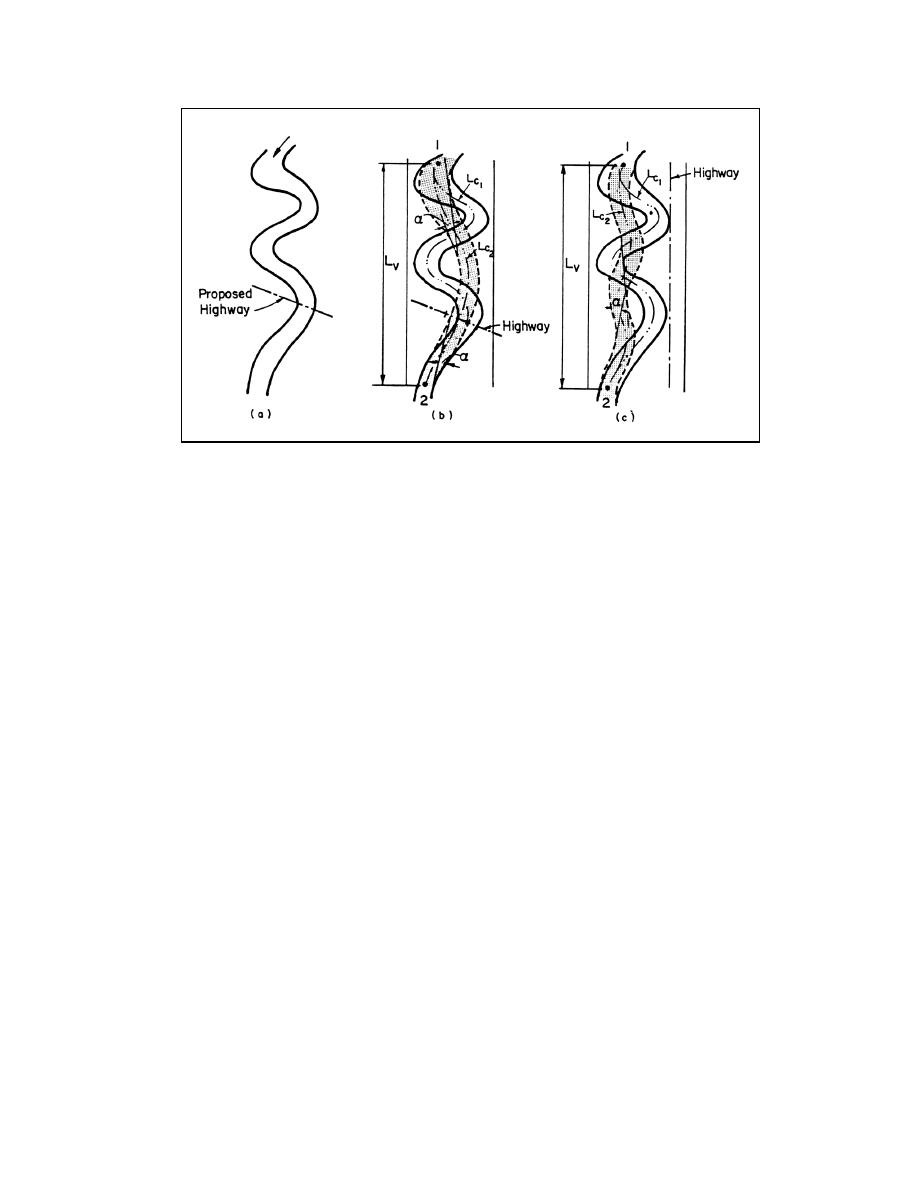
Figure 5.27. Encroachment on a meandering river.
Prior to realigning a river channel the stability of the existing channel must be examined using
the methods outlined earlier. A stream classification, recent and past aerial photographs and
field surveys are generally necessary. The realigned channel may be made straight without
curves, or may include one or more curves. If curves are included, the radii of curvature, the
number of bends, the limits of rechannelization (hence the length or slope of the channel) and
the cross-sectional area are decisions which have to be made by the designer. Different rivers
have different characteristics and historical background with regard to channel migration,
discharge, stage, geometry and sediment transport. As indicated in the previous chapters, it is
important for the designer to understand and appreciate river hydraulics and geomorphology
when making decisions concerning channel relocation. It is difficult to state generalized criteria
for channel relocation applicable to every river. Knowledge about river systems has not yet
advanced to such a state as to make this possible. Nevertheless, it is possible to provide some
principles and guidelines for the design engineer.
in extended reaches of the river. When the angle φ defined in Figure 5.15 exceeds about 40
degrees, this provides a sufficient crossing length for the thalweg to shift from one side of the
channel to the other. Generally, it is necessary to stabilize the outside banks of the curves in
order to hold the new alignment, and depending upon crossing length some amount of
maintenance may be necessary to remove sandbars after large floods so that the channel
does not develop new meander patterns in the crossings during normal flows.
The sinuosity and channel bed slope are related in the following way. The bed elevations at
the ends of the reach being rechannelized, (designated 1 and 2, in Figure 5.27) are established
by existing boundary conditions. Hence, the total drop in bed elevation for the new channel
(subscript 2) and the old channel (subscript 1) are the same.
∆z1 = ∆z2 = ∆z
(5.22)
5.56




 Previous Page
Previous Page
